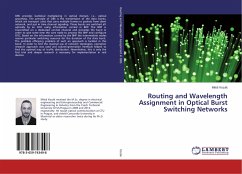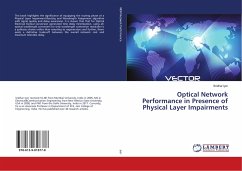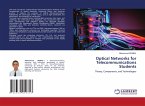Due to the growing human need for networks with high bandwidth and high reliability, optical fibers have become widely used. The current systems are not all optical meaning that data is sent over optical pulses in the optical fiber and processed electronically at the receiver. First, optical data is converted to electronic data, which reduces the speed of data transmission. To address this shortcoming, electronic systems and subsystems should be replaced by optics equivalent as far as possible. For this purpose, along with the use of fiber optics as communication medium by employing optical filters, dispersion compensators, etc., optical subsystems have gradually entered the optical networks and this trend is developing day-by-day.The use of optical devices in fiber optic lines requires a connection process between them. The connection between them should be such that the overall loss of pulse propagations in the optical link is minimized and the connection does not turn into a loss bottleneck. In recent years, optical devices based on photonic crystal fibers (PCFs) have been introduced and developed practically.
Bitte wählen Sie Ihr Anliegen aus.
Rechnungen
Retourenschein anfordern
Bestellstatus
Storno








